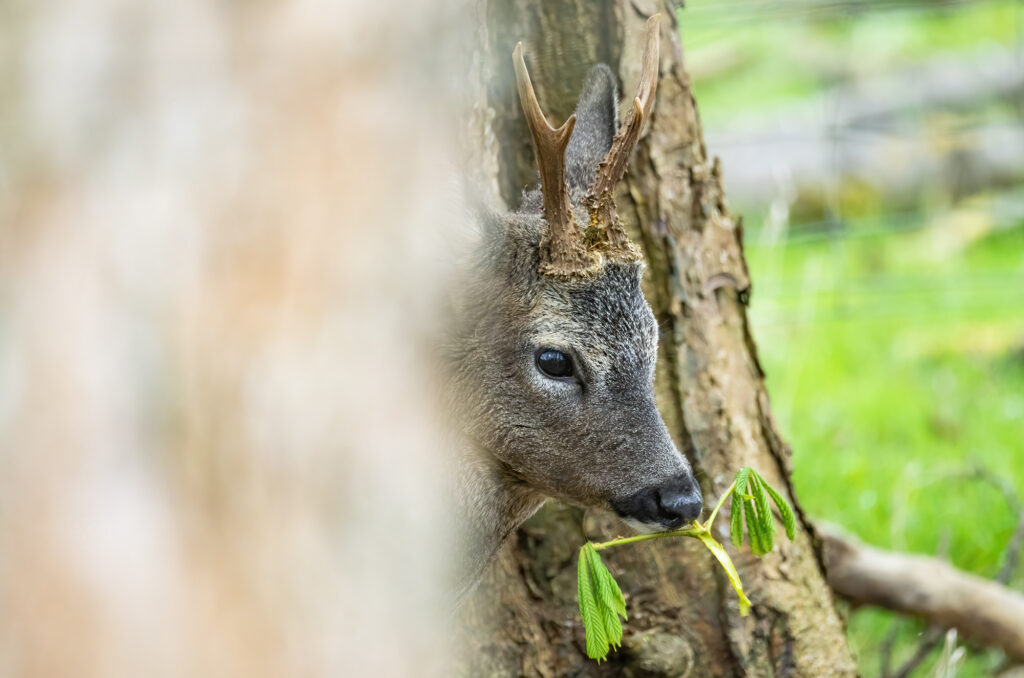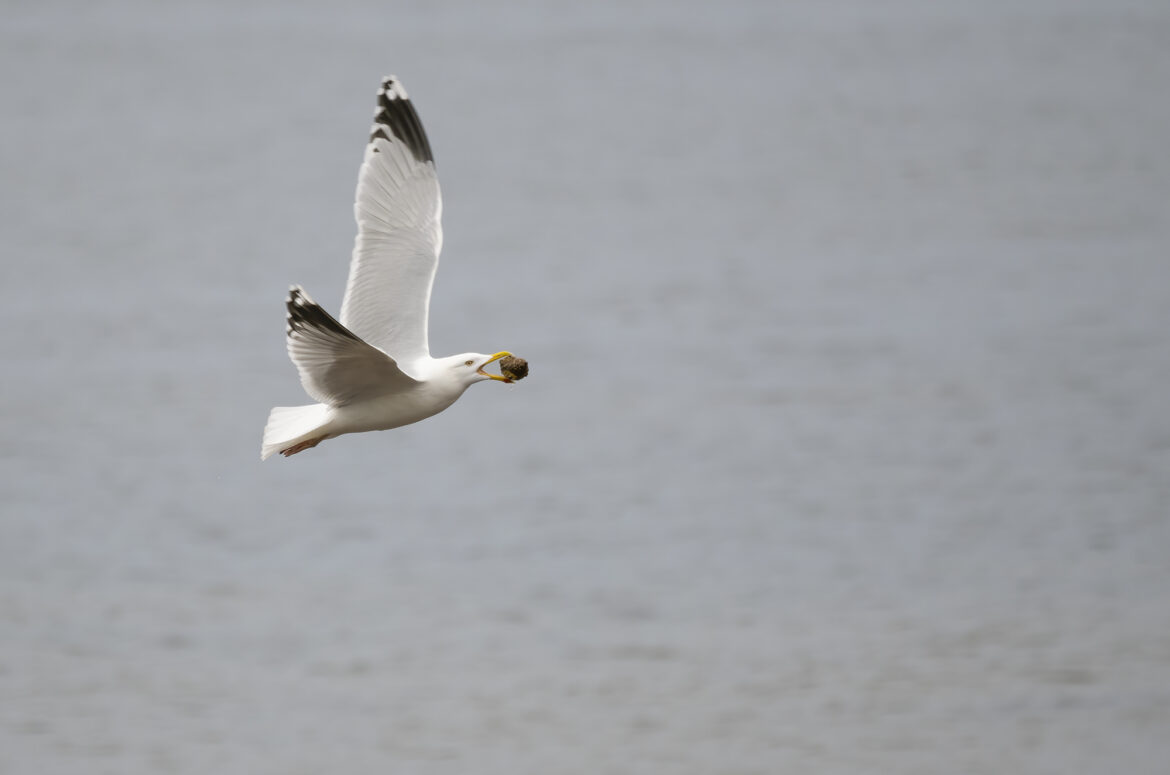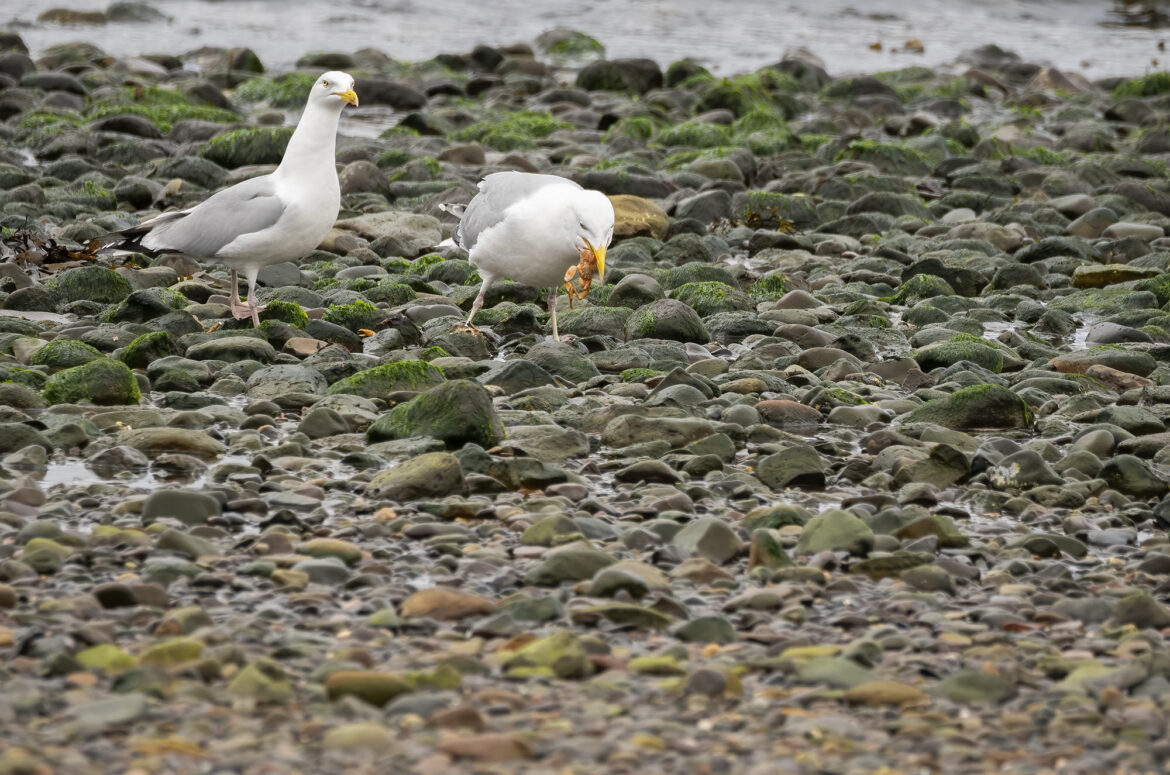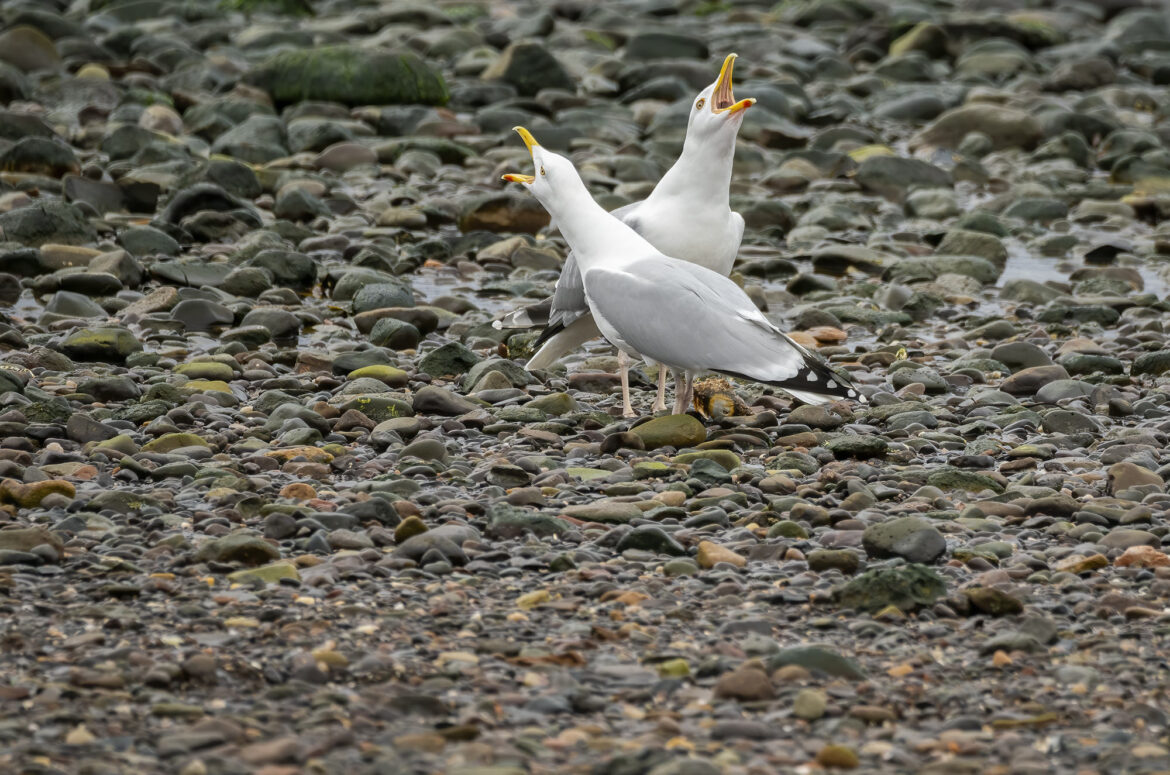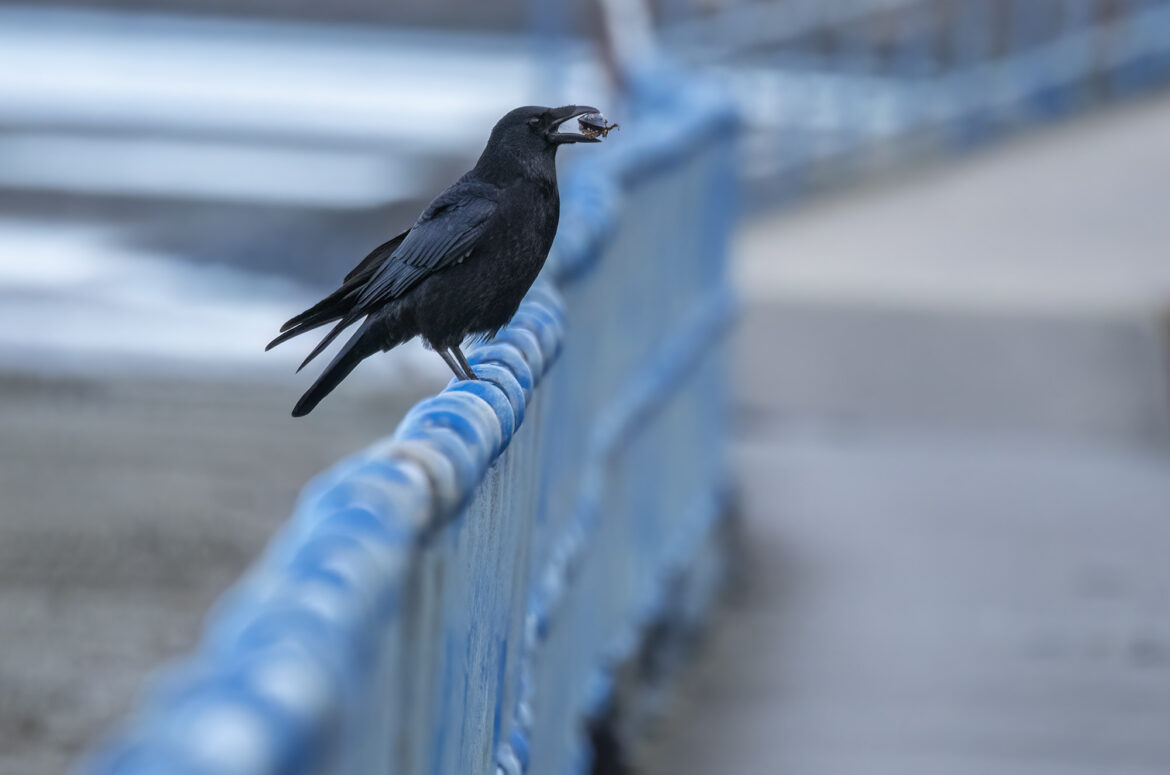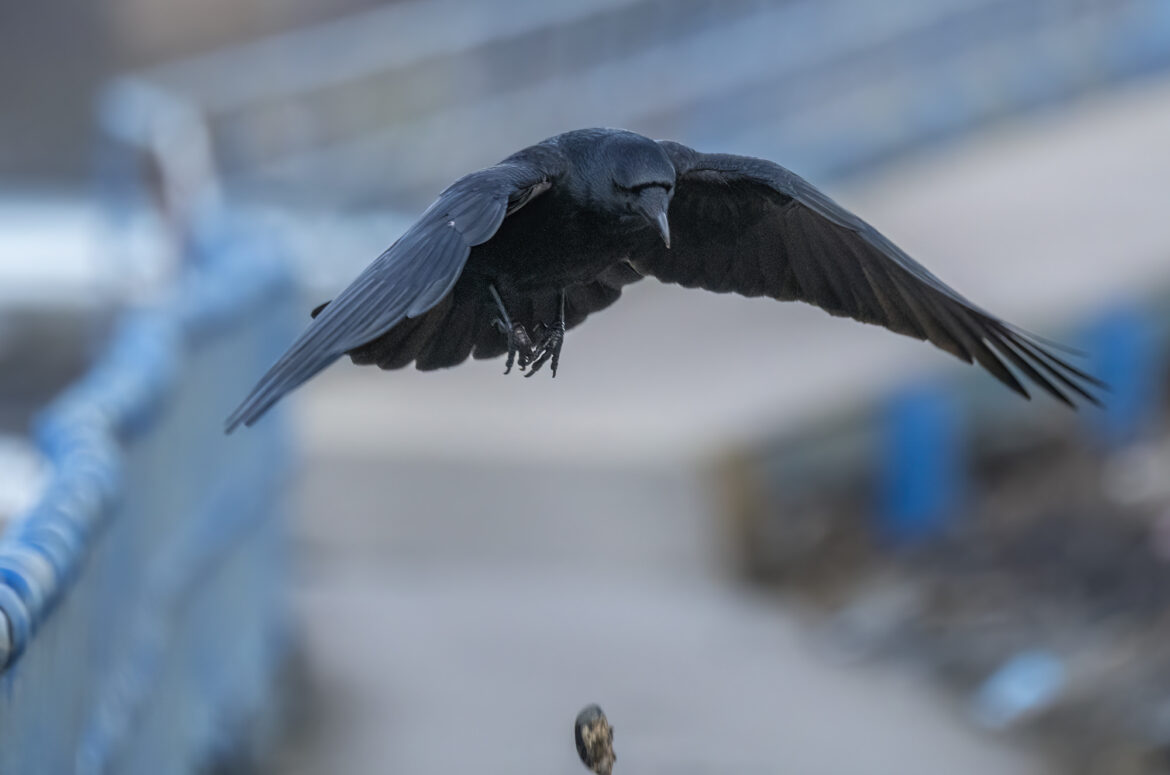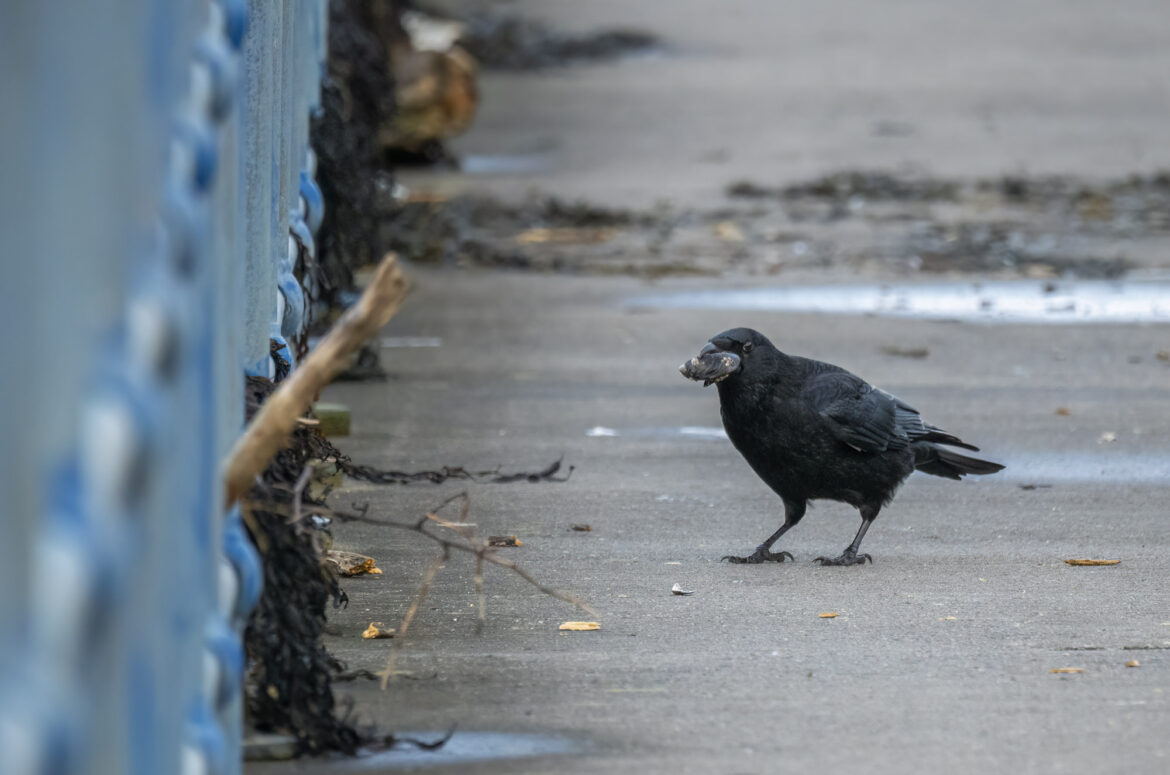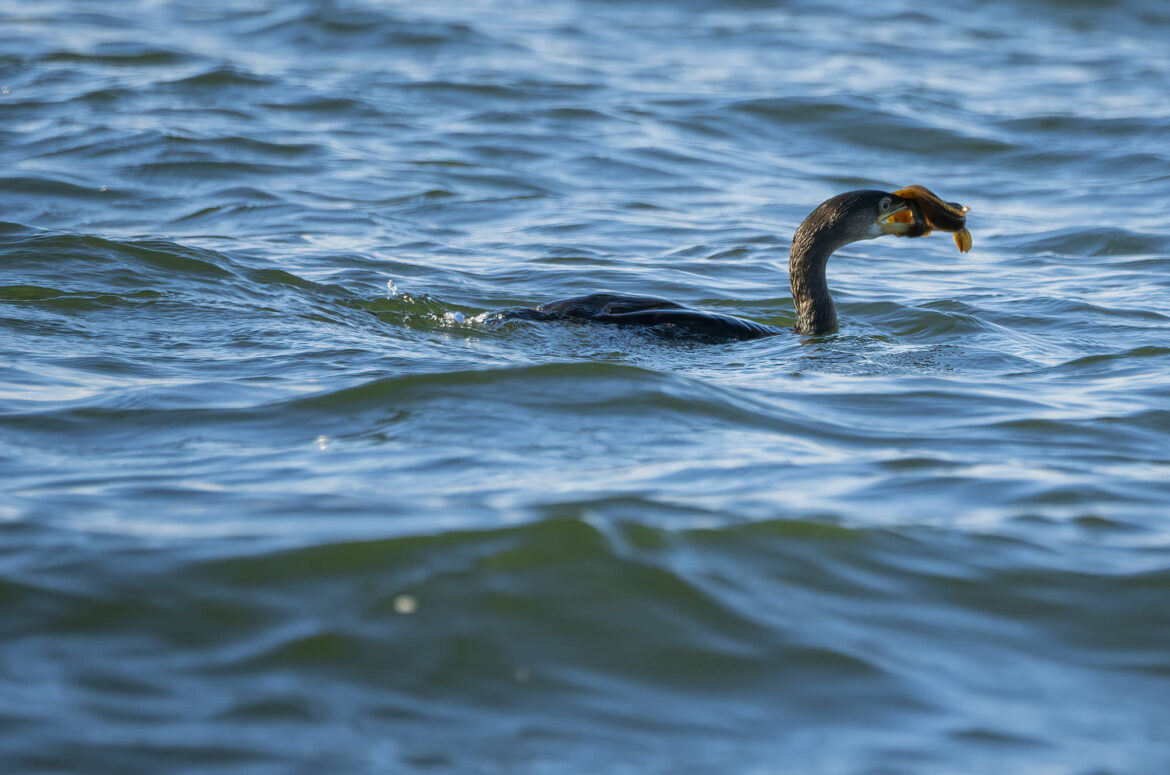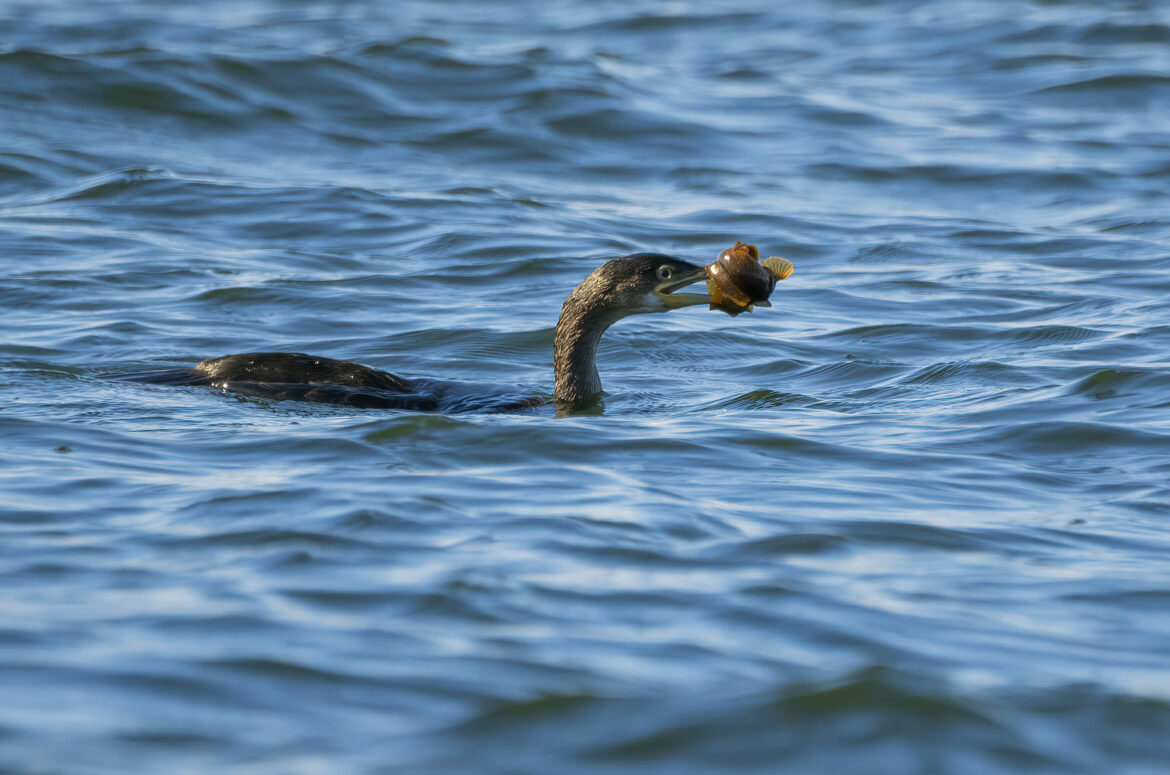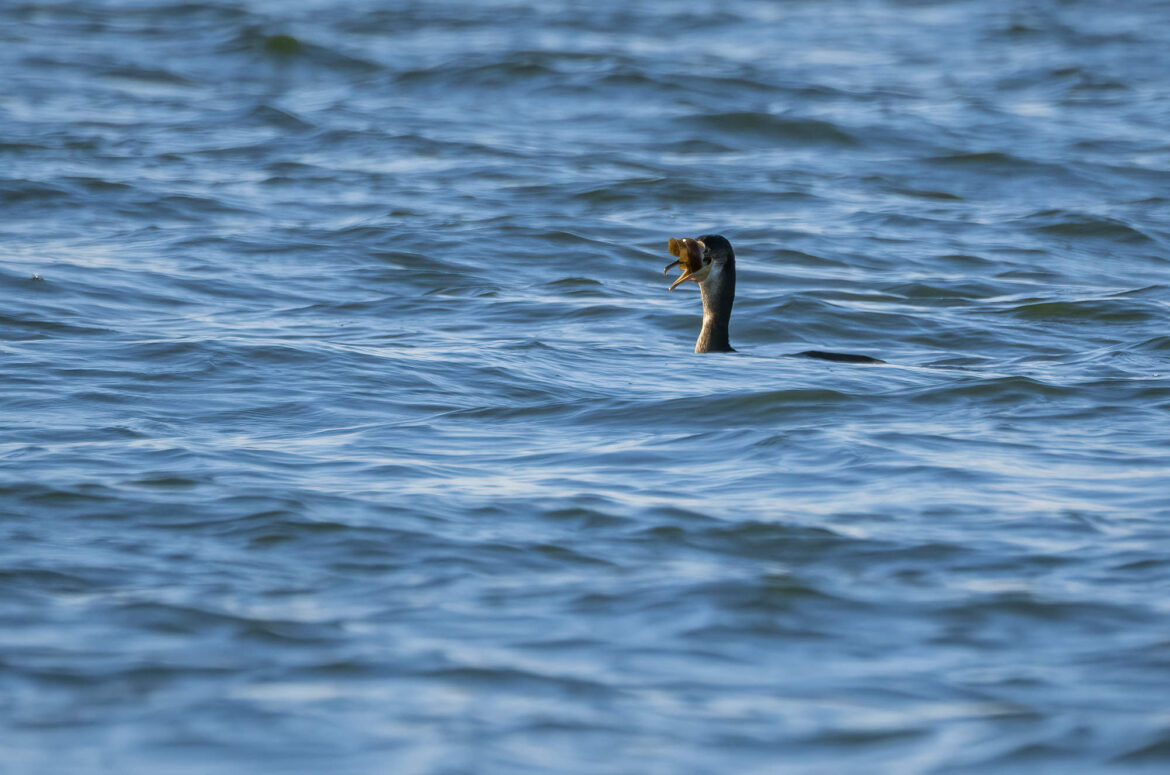Portrait images are bread and butter for a wildlife photographer – there is a reason why the portrait category is usually the most popular in wildlife photography competitions. But, more often than not, our aim is to capture the unique behaviours of the species we have chosen to point our lens at. Not only can images of these moments reveal fascinating insights into the lives of the animals, but they also demonstrate that our subjects are relaxed enough around us to behave naturally in our presence.
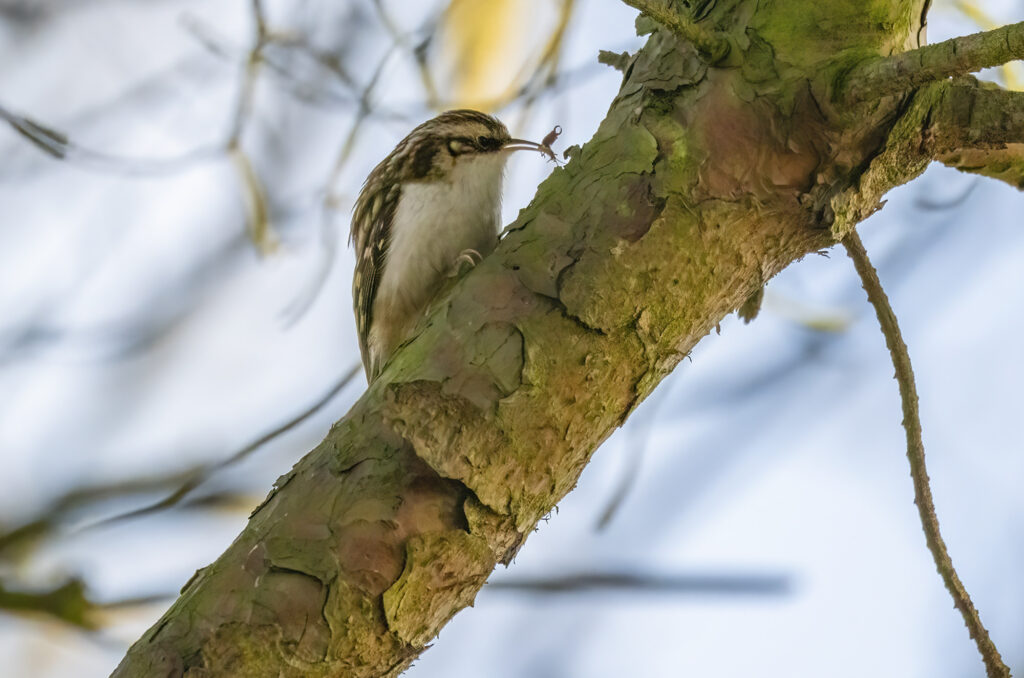
However, as an amateur wildlife photographer, you might struggle to have enough time with a subject to witness these behaviours. Well, there is one activity that all animals need to do – fish gotta swim, birds gotta fly, and everything has to eat. With that in mind, there are a few things you can look out for to increase your chances of photographing feeding time for your local wildlife.
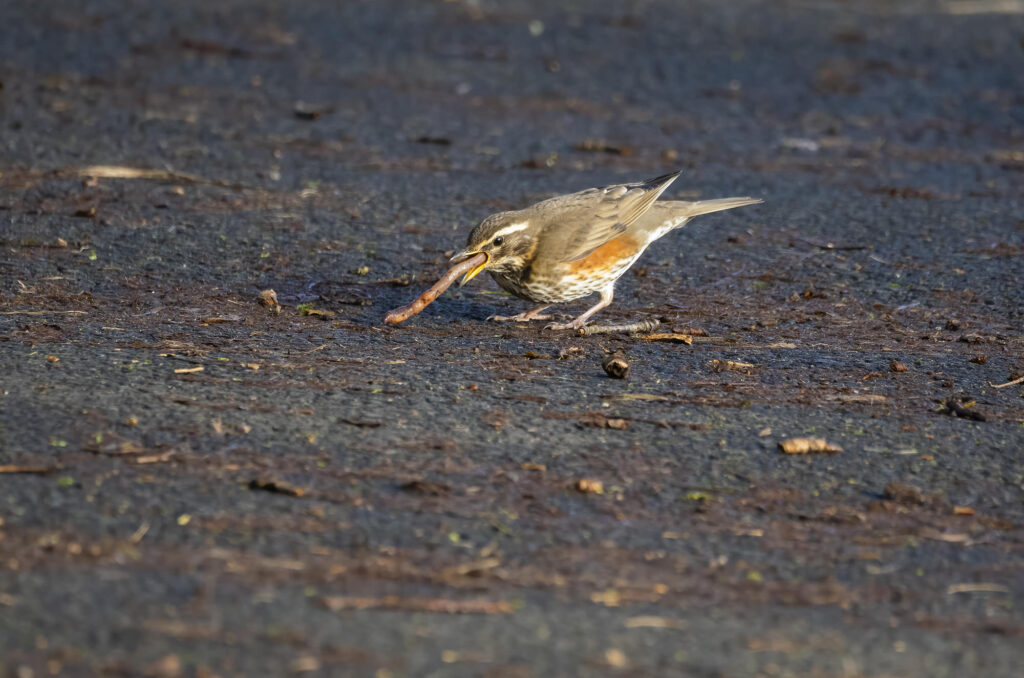
Seaside snacks
Taking a stroll along the seafront can provide the perfect opportunity to photograph a variety of feeding habits – and I am not referring to humans at the ice cream van. Gulls and corvids, in particular, will search for food along the shoreline. Keep a close eye on foraging birds as they root through the rocks and seaweed, and watch for individuals carrying whole shellfish and molluscs in their beaks. If you stay focused on these birds, you may witness them fly off to find a hard surface to drop their prize onto to smash it open.
Remember when photographing this behaviour to allow enough space in your viewfinder to fit in both the prey item falling and the bird that dropped it – this may mean zooming out. The bird will usually repeat this process a few times before it can crack open the shell, so you should get more than one opportunity to capture the moment.
Diving for dinner
Pointing your lens beyond the shore and out at the water may result in the chance to photograph seabirds hunting for fish. While most of the action happens under the surface, you can use the time when your subject is submerged to get into a position ready to capture a successful hunt. I was some distance away on the rocky shore when I first noticed a shag diving (shown in the images above). Each time it went under, I moved to a rock closer to the water and sat down to hide my presence as much as possible. After a few unsuccessful dives, I was sat on a rock with my feet nearly in the water when the shag popped up with a fish wrapped around its head. I then photographed it battling with its, quite rightly, uncooperative prey before eventually managing to gulp it down. Staying low, still, and only moving closer while the subject is underwater is a strategy also used for photographing coastal otters, as it causes minimal disturbance to these sensitive creatures.
Browsing behaviour
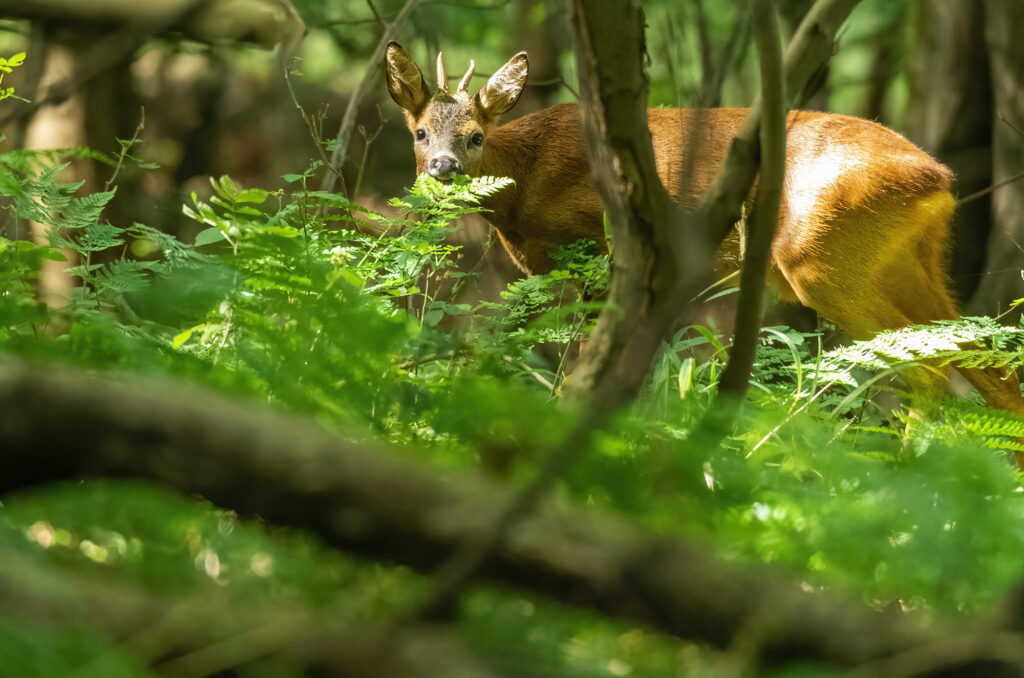
The best way to capture relaxed feeding behaviour is to spend as much time as possible getting to know your subject by watching them in the field. However, as someone who often only gets to spend an hour each day photographing wildlife, I appreciate that this is a tough ask for many amateur wildlife photographers. That said, I managed to achieve this by spending every available lunch break with the local roe deer during the past two years.
The time I spend with them each day is limited, but frequent visits over a long period have allowed me to get to know them as individuals and earn their trust. Taking this long-term approach has meant that the deer I first met as babies are now adults who will happily feed, groom and rest while I photograph them. I captured the image below last week during my lunch break.
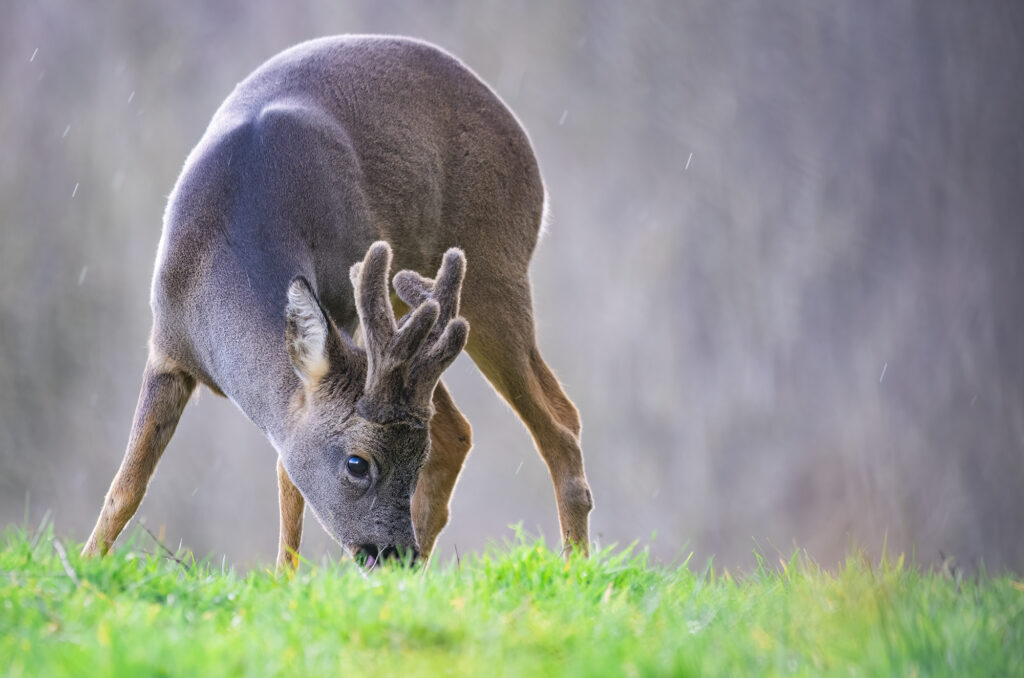
I hope this proves that – in some situations at least – patience, good field craft and knowledge of your subject can yield the same results as many full days spent sitting in a hide.
